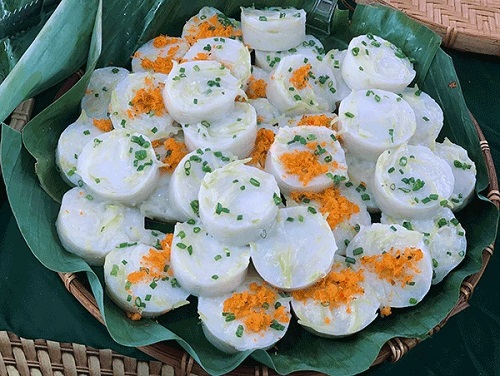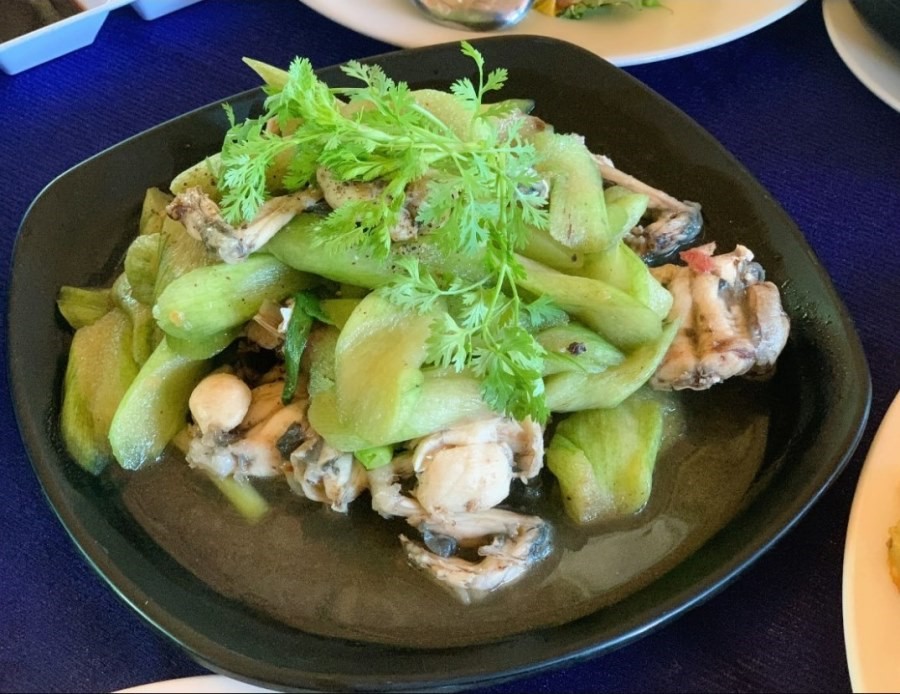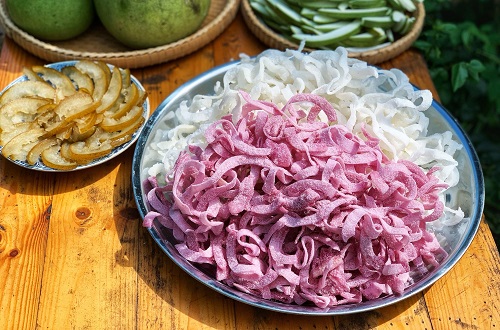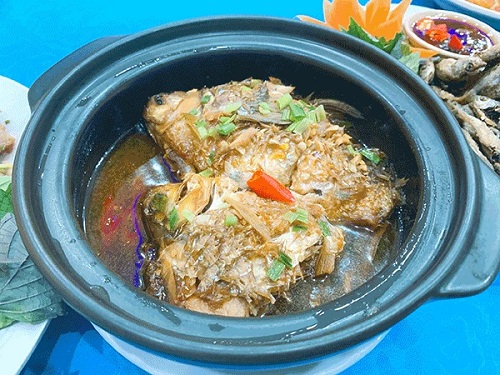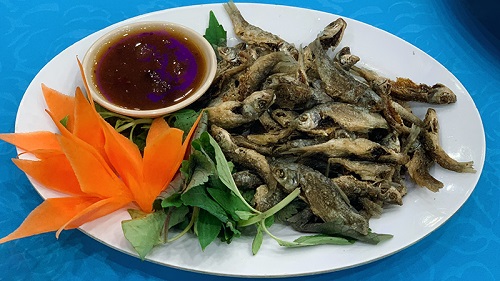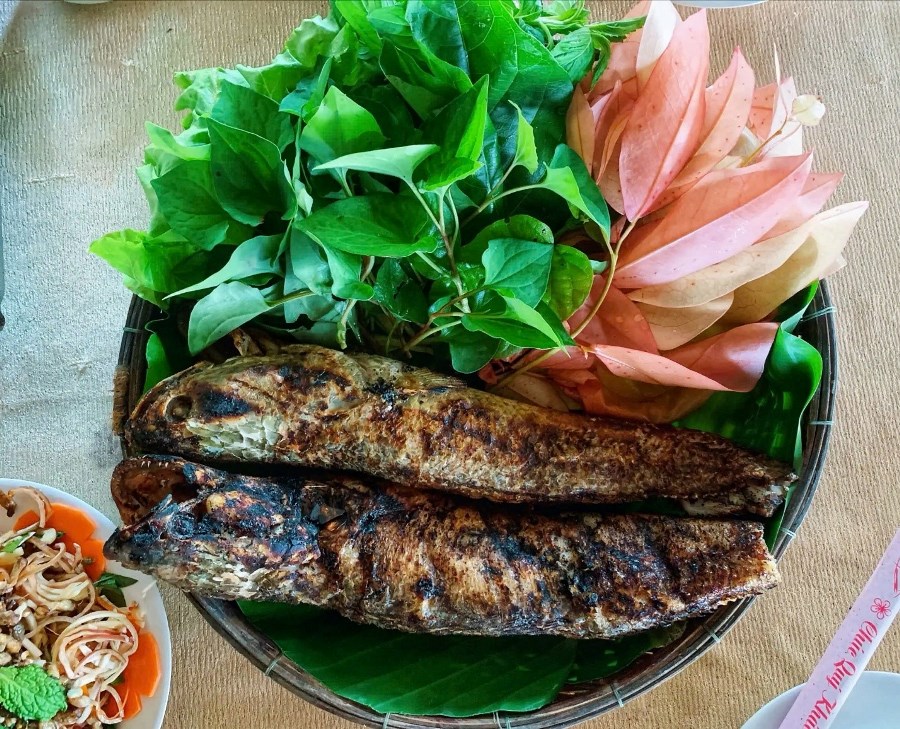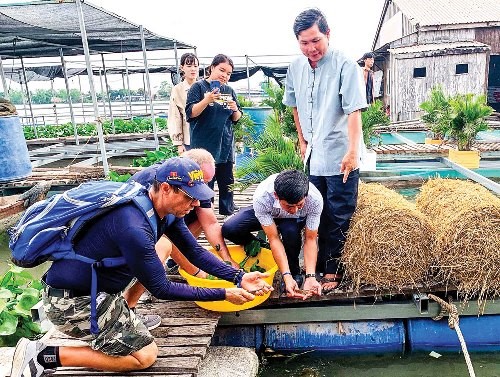
Protection of southern culture
The nature of the Southwest offers man aquatic products, where the culture of the fertile region is built and the spirit, personality, and generosity of the people of this land are formed. Residents taking advantage of natural resources for tourism must in turn protect the environment. It is a way of doing tourism that a community in Can Tho has been discovering, maintaining, and developing for 6 years.
Community tourism in Son islet, Binh Thuy district, appeals to all tourists visiting Can Tho. This locality not only has green landscapes with rivers, canals, orchards, floating fish cages… but also shelters simple and honest inhabitants with a traditional way of life. The naming of women in the western style (*) such as Nam Minh, Nam Phuoc, Sau Hong, Bay Muon, Chin Nho, Ut Hien…reminds Son Islet with nostalgia because through these names, we find the image of grandmothers, aunts, sisters… in the southern countryside. Mrs. Phan Thi Kim Phuoc (known as Nam Phuoc), owner of the Song Khanh orchard, tells us: “We keep our traditions as always, we welcome visitors as family members who have returned from afar and serve them dishes based on the recipes of our ancestors”.
Indeed, Son islet keeps its visitors by the personality of the ancient southerners through words and sympathy. Mrs. Le Thi My Luong (known as Nam Minh) says: “I was embarrassed in communication with visitors because I found my voice “country” but now I have the confidence to speak with them because they admit to liking the accent of South”. At the very beginning, the inhabitants of the Son islet determine the desire for the preservation of the local culture and the environmental responsibility for the sustainable development of tourism. After 6 years, this determination is maintained in a persevering way, especially since the creation of the product “Son islet of yesteryear”. It is a retracing of spaces from the past, images of the Son islet from 20 years ago, experiences related to mores and customs transmitted from generation to generation, and the stories of people today.
The highlight of this process is the meeting with Mr. Ly Van Bon, owner of the Bay Bon floating fish cage, a person concerned about the aquatic product resources of the Hau River and the Mekong. He shares his thoughts with us: “For many years, I have been researching and preserving many endangered freshwater fish species in the Hau River for fear that our descendants will no longer have the opportunity to see them. My dream is to create a living museum of freshwater fish”. With this firm will, for 20 years of fish farming, he researches and reproduces many rare and precious species such as Julien's golden carp, Catlocarpio Siamensis (Giant Siamese Carp), Wallago Attu catfish (Helicopter catfish), Mastacembelus, Toxotes archerfish, and the like.

Spaces of Hieu's Cottage. Photo: Kieu Mai
By doing tourism, Mr. Bay Bon strives to make visitors see the diversity of fish, the behaviors of each species and offer them the opportunity to release fish into the wild as a way of preserving the diversity of aquatic resources. Mr. Nguyen Thanh Tam, owner of the Thanh Tam orchard, informs us: “During the temporary suspension of tourist activities because of the pandemic, Mr. Bay Bon and I are breeding fry and creating the tourist product “fish swimming on Earth”. This product associated with the release of fish in the wild gives rise to educational tourism. We are moving towards products for the protection of the environment of aquatic resources”.
At Son islet, several generations are doing tourism together. The elderly arouse enthusiasm in young people so that they can continue to preserve the values created by their ancestors. They determinedly create new products to spread these values to visitors.
Indeed, the inhabitants of the Son islet working in the field of tourism thanks to the natural resources; from fish, fruit to vegetable gardens, and they are therefore aware of the protection of the environment down to the smallest detail. The example of Son islet shows that we should not invest a lot of money in tourism development, but create models, connect the community with local cultural values, and production life. Can Tho Tourism define it in its directions for the development of agricultural tourism and community tourism.
*In the region, we call people in a family by birth order then first name: First (eldest)…, Second…, Third…, […], Youngest…
Source: Can Tho News - Translated by Hoang Dat







